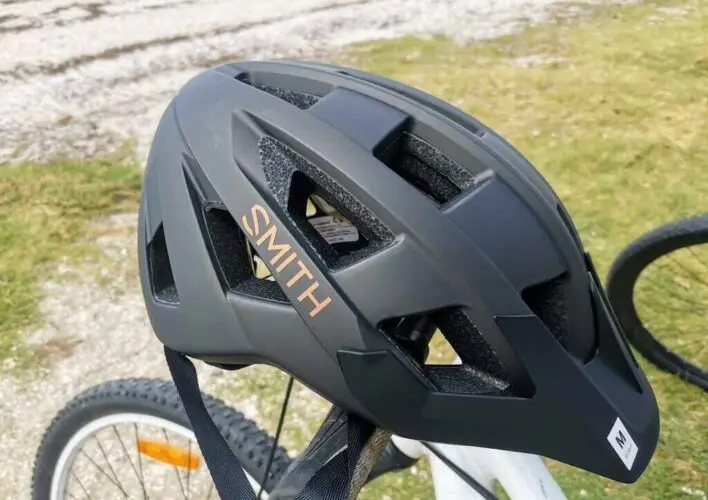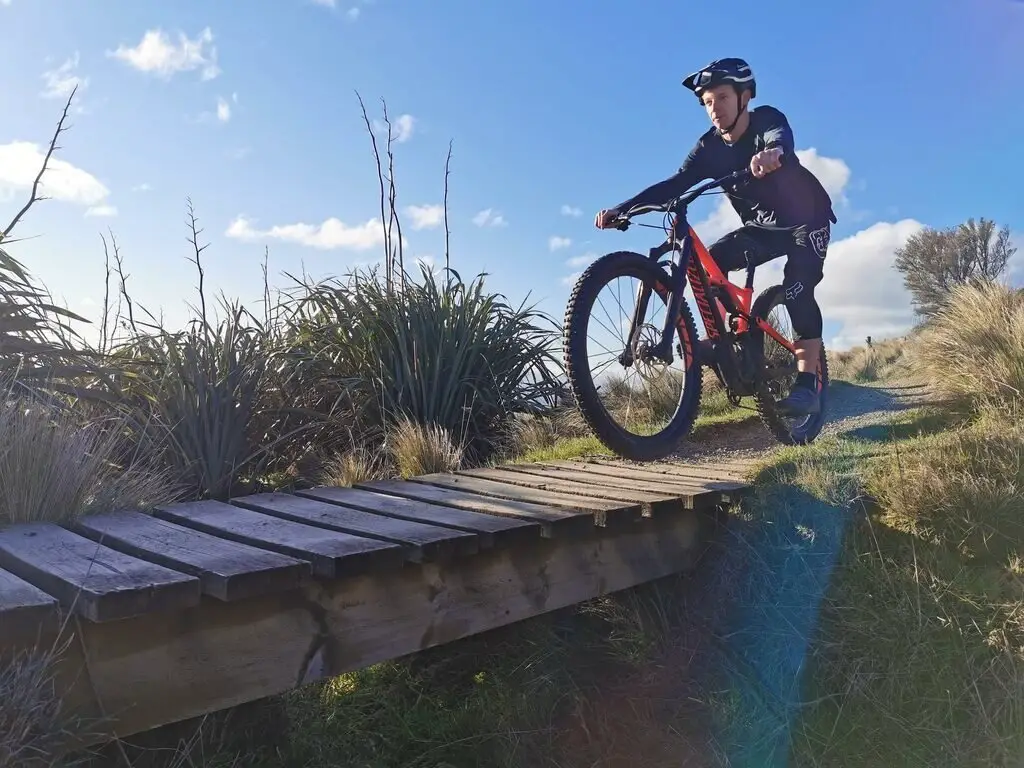When comparing the Smith Convoy vs. Giro Fixture, it’s essential to delve into the key features crucial in any mountain biking helmet to determine their respective strengths. Smith and Giro, renowned for their expertise in crafting protective gear, have consistently delivered comfortable, high-performing helmets, a tradition exemplified by the Smith Convoy and Giro Fixture.
Positioned within the budget-friendly segment, both the Smith Convoy and the Giro Fixture stand out as reliable options for riders prioritizing safety and comfort over premium price tags. While they may not belong to the top-tier category with exorbitant price points, these helmets excel in providing essential protection without compromising on quality or performance.
What to Look For in a Helmet
When selecting a helmet, it is crucial to evaluate key aspects such as ventilation, comfort, performance, and safety features. An essential safety consideration is the presence of an anti-rotational system like MIPS or SPIN, which minimizes the rotational forces transmitted to the head during angular impacts. Both the Smith Convoy and the Giro Fixture come equipped with MIPS technology, significantly reducing the risk of concussion or severe brain injury from such impacts.
Additionally, the helmet’s fit plays a critical role in performance and safety. A proper retention system ensures a secure and comfortable fit, eliminating pressure points and preventing the helmet from shifting during a collision. This feature is instrumental in enhancing overall protection and wearer comfort.
For more info, see this post on what else to look at when buying a mountain bike helmet.
Otherwise, continue reading to find out who wins the Smith Convoy vs Giro Fixture comparison.
Smith Convoy Mini Review
A well ventilated and comfortable helmet for the trail rider who doesn’t hit the technical lines in the park, but just wants protection for the day-to-day trail riding.
Pros
- Well Priced
- MIPS Technology
- Reasonably well ventilated
- Great adjustment options
Cons
- Fixed Visor
The Smith Convoy stands out for offering impressive quality at an accessible price point. As one of the most affordable MIPS-equipped helmets on the market, it has gained significant popularity, especially among entry and intermediate level riders.
Smith has crafted a protective helmet that focuses on essential features, omitting unnecessary embellishments that many riders may find superfluous.
Giro Fixture Mini Review
For the rider who wants to look like they spent more, doesn’t mind a fixed visor, but still wants all the other features that come with a more expensive lid.
Pros
- Comfortable
- MIPS Technology
- In-Mold Construction
- Durable
Cons
- Fixed Visor
- Tricky fitting system
The Giro Fixture impresses with its performance, especially considering its budget-friendly nature. Equipped with MIPS technology for angular impact protection and a sturdy EPS foam core encased in polycarbonate, it offers solid safety features.
Comparable to the Convoy, the Giro Fixture prioritizes substantial protection without unnecessary frills that inflate costs. It delivers a comfortable, well-ventilated design, ensuring a contented experience during extended trail rides.
Design and Construction Comparison
The Giro Fixture is constructed using in-mold technology. This means the outer shell is molded to the inner foam (EPS) layer, creating a stronger and more durable structure. It is then less likely to split apart in a hard crash.
The Smith Convoy comes in 3 sizes ranging from small to large and uses a retention system to fit the helmet to your head comfortably.

Smith Convoy making a casual trip down to the beach!
The Fixture is made as a one-size-fits-all, but this is not as much of a niggle as you would expect. Unless you are at the very far end of the typical scales (a very large or very small head), the helmet can be adjusted to fit quite well!

Giro Fixture in blue
On both the Smith Convoy and Giro Fixture helmets, the lower edge is uncovered, potentially susceptible to wear and tear. It is essential to handle these helmets with care when not in use to prevent damage.
Moreover, both models feature fixed visors. However, some riders may find this design inconvenient, particularly during rides when the sun is low. An adjustable visor would offer the advantage of better sun protection by allowing riders to block out glare effectively.
Safety Comparison
Both helmets are similar in terms of protective features. Both are equipped with MIPS technology to reduce the energy transferred to the rider’s head following an angular impact.
The rear coverage of both helmets is not as great as some of the more expensive helmets, leaving the back of the head a little more exposed. However, it is still a large step up from a road helmet as at least a part of the rear of the head is covered.
If you want something that protects the head a little more, consider enduro-style helmets, or have a look at the Giro Chronicle or Fox Speedframe. Check out the Fox Speedframe vs. POC Tectal Race SPIN comparison here.
Comfort, Ventilation, and Weight Comparison
The padding inside the Convoy is minimal but is not uncomfortable. And when it gets filled with sweat, it doesn’t tend to drip down into your eyes or eyewear. It does have a number of adjustment capabilities, such as tightening of the helmet, but also, you can set the helmet at different angles on your head. This helps get the fixed visor into the right position too!
The Fixture is no exception to Giro’s line of insanely comfortable helmets. It’s Roc Loc fitting system creates no pressure points on the head and feels like an expensive helmet once it is on your head. The main disadvantage of this system is that you need to adjust the tightness before putting the helmet on your head. This is because the dial is tucked underneath the shell.
In terms of ventilation, the Convoy is much better than that of the Fixture. The Convoy has 21 generously sized vents, while the Fixture has only 18 vents. The Convoy actually vents similarly to many more expensive lids, such as the Troy Lee Designs A1 and A2.
If having a cool helmet is important to you, have a look here at the best-ventilated helmets on the market!
The Convoy is slightly lighter than the Fixture. They come in at 325 g and 343 g for a medium Convoy and Fixture, respectively. This difference is fairly minimal and unless you have been riding with lightweight helmets previously, you probably won’t notice the difference!
Final Remarks
So, in the Giro Fixture vs Smith Convoy face off, who comes out on top?
The helmets, as you can see, are fairly similar in terms of what they offer. The Smith Convoy does provide a better ventilated, lighter lid. But the fixture does tend to be more comfortable, and does come in at a lower price.
Both are great trail helmets, so it depends on whether you prefer the improved ventilation over the greater comfort or vice versa! I personally love the Giro Fixture. It is comfortable, fits snugly on the head, and as a bonus- it looks more expensive than it is!

If you want a few more helmets to consider, check out these posts!


